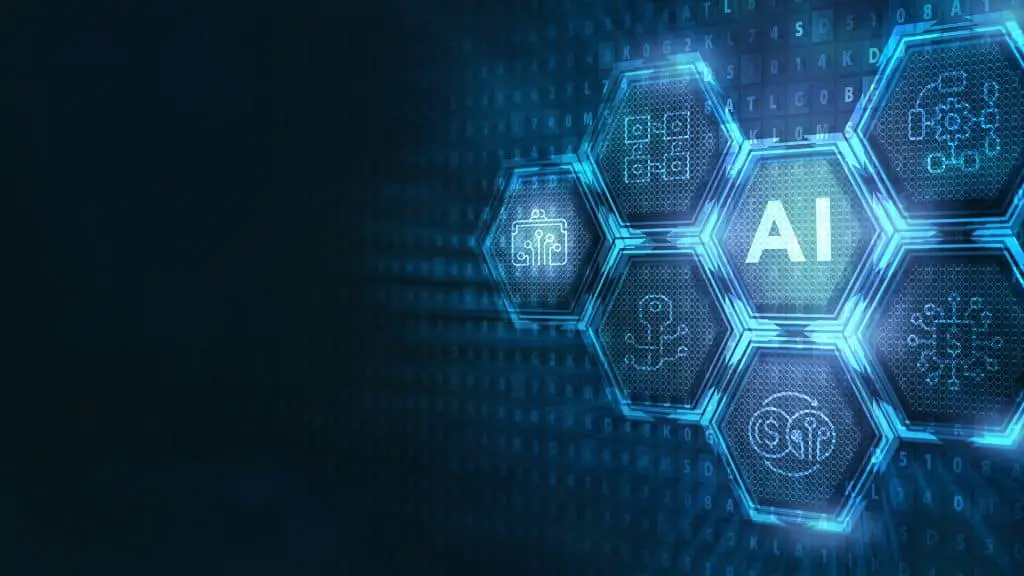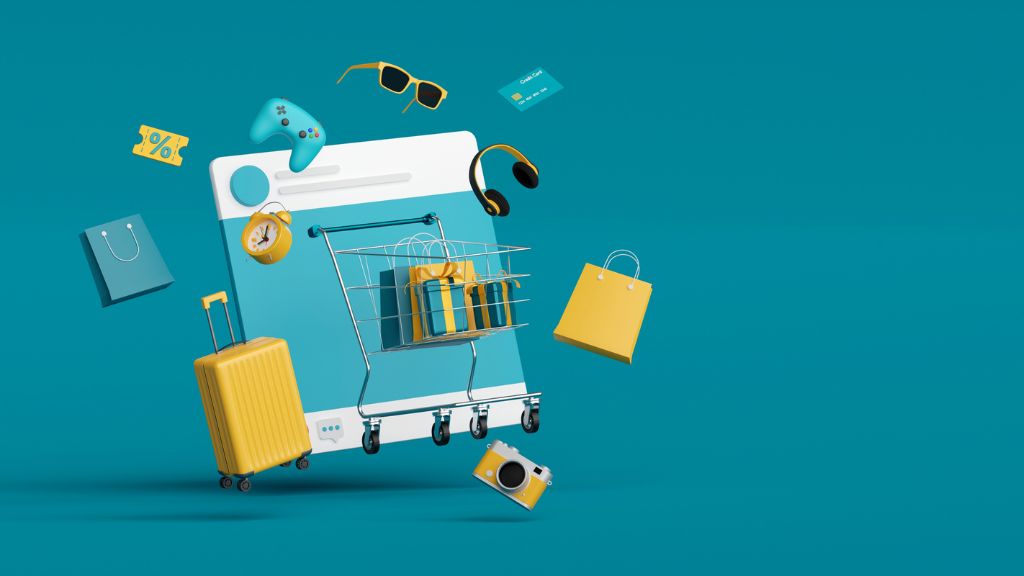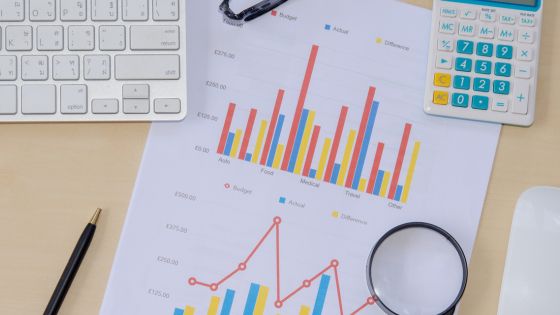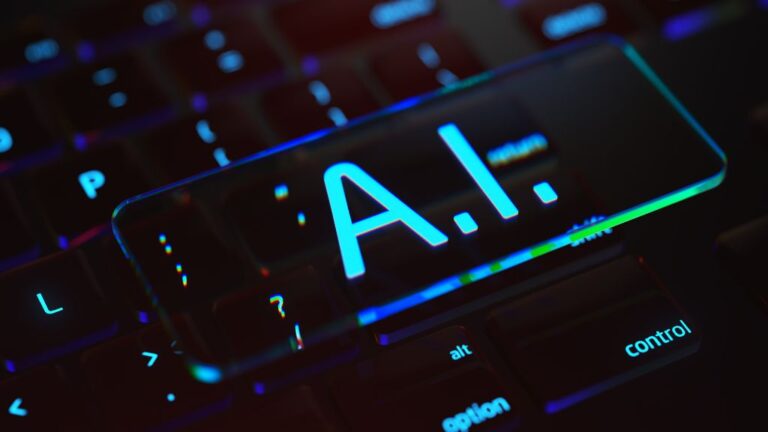How AI Generated Human Photos Are Reshaping Ecommerce

Artificial intelligence (AI) has proven to be a game-changer across various industries, and eCommerce is no exception. One particularly compelling application of AI is the generation of hyper-realistic human photos.
This technology not only redefines the visual aesthetics of online stores but also significantly impacts their economics and operations.
In this comprehensive article, we delve deeper into how AI-generated human photos are fundamentally reshaping the eCommerce landscape, providing businesses with a slew of advantages, including cost-effective solutions, enhanced customer experiences, and unparalleled customization options.
Advantages of Using AI-Generated Human Photos in eCommerce
Cost-Efficiency
In traditional eCommerce settings, the cost of hiring professional models, photographers, and studio spaces can quickly add up, sometimes running into thousands of dollars for a single session. AI-generated human photos are a budget-friendly alternative, slashing these overhead costs by generating realistic human images at a fraction of the cost. Moreover, these savings can be channeled into other essential business operations like marketing and customer service.
Quick Turnaround
Time is money in the fast-paced world of eCommerce. Traditional photo shoots often require weeks of planning and days for execution. AI algorithms can generate thousands of high-quality, photo-realistic images in mere hours or even minutes. This quick turnaround time enables eCommerce’s influence for businesses to remain agile, quickly adapting to market trends, seasonal demands, or inventory changes.
Customization
The flexibility of AI-generated human photos is unparalleled. From varying facial expressions to a multitude of outfits, the technology allows for real-time modifications. Businesses can effortlessly adapt the appearance, posture, and even emotional expressions of AI-generated models to align perfectly with their branding strategy, target demographics, and seasonal or event-specific campaigns.
Diverse Representation
Traditional casting methods often suffer from inherent biases, limiting the diversity of models. AI-generated human photos offer a revolutionary solution to this problem by providing a wide array of human appearances. Businesses can easily create models that span multiple ethnicities, age groups, and body types, thus projecting a more inclusive brand image and potentially attracting a broader customer base.
How It Works
Companies specializing in AI-generated imagery employ advanced algorithms that have been meticulously trained on vast datasets comprising millions of human photos. These algorithms analyze key features such as facial structure, expressions, body posture, and attire to create new, unique, and realistic human images. Moreover, the algorithms can learn from feedback loops, continuously improving the quality of the generated photos. As a result, businesses can select specific attributes and create tailor-made images for their products without worrying about repetitive or generic content.
Practical Applications in eCommerce
Product Display
An engaging and realistic product display is crucial for converting online visitors into customers. High-quality, diverse, and customizable images generated by AI substantially elevate the online shopping experience. Furthermore, these photos allow for dynamic and interactive displays, where customers can virtually mix and match products, getting a more accurate and satisfying feel for their potential purchases.
Advertising Campaigns
In today’s hyper-competitive market, standing out is imperative for any brand. AI-generated photos can be deployed in personalized advertising content that truly resonates with the target audience. This technology’s customization options ensure that the produced content is not only relatable but also culturally sensitive and globally appealing, thus maximizing outreach and conversion rates.
Virtual Try-Ons
When AI-generated human photos are combined with augmented reality (AR) technology, the result is a next-level virtual try-on experience. Such integrated systems enable customers to see how a product—be it clothing, eyewear, or even jewelry—will look on them, thereby increasing conversion rates, reducing cart abandonment, and minimizing product returns due to dissatisfaction.
Risks and Ethical Considerations
Authenticity
While AI-generated human photos offer numerous advantages, they also pose ethical questions regarding authenticity. Businesses must adhere to ethical standards and be transparent about the use of AI-generated images, clearly indicating their origin to prevent misleading customers.
Data Privacy
The AI algorithms used for generating human photos are trained on enormous datasets, often sourced from the internet. This raises significant concerns about data privacy and consent. Companies must strictly adhere to regulations like the General Data Protection Regulation (GDPR) and other jurisdiction-specific privacy laws to ensure ethical data usage.
Conclusion
Generated human photos are unquestionably a disruptive technology, which has transformed by AI in eCommerce. They offer a slew of advantages, from remarkable cost savings to unparalleled customization, while enhancing the customer experience. As we advance into a future increasingly dominated by artificial intelligence, the transformative power of AI-generated human photos in eCommerce is only likely to grow, making it an exciting and indispensable tool for digital businesses.







